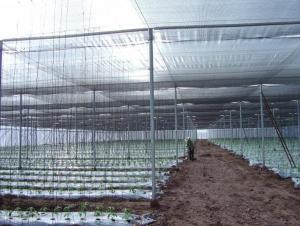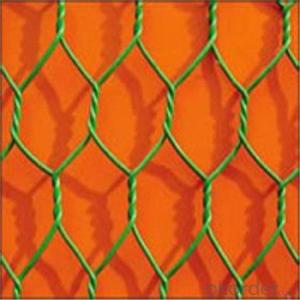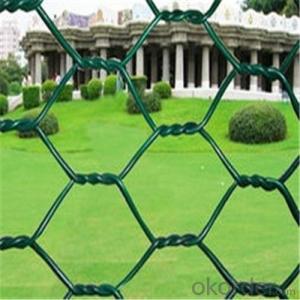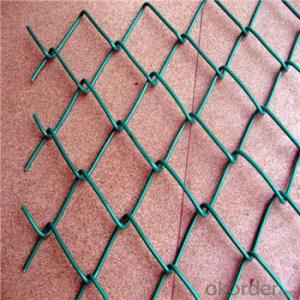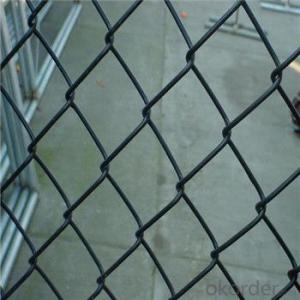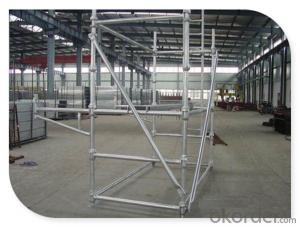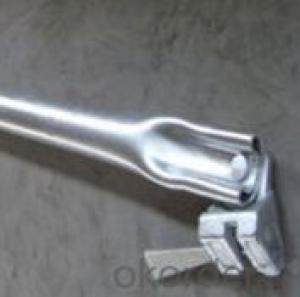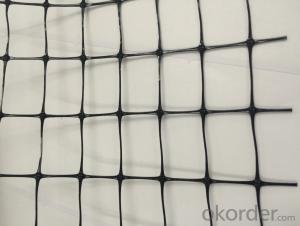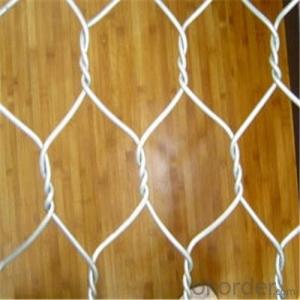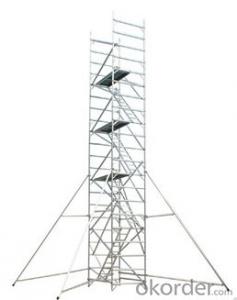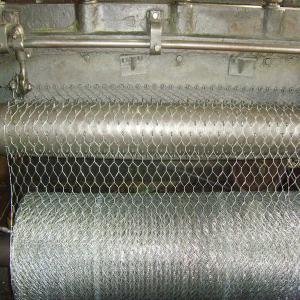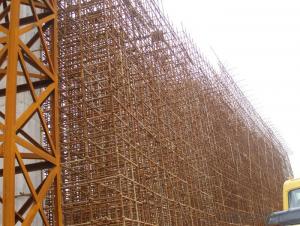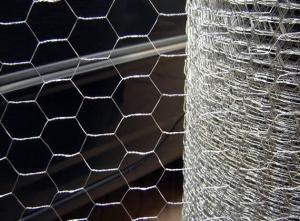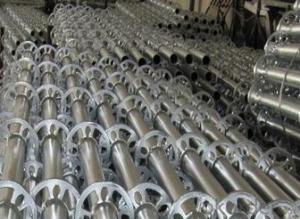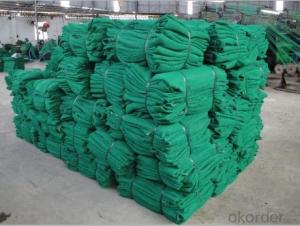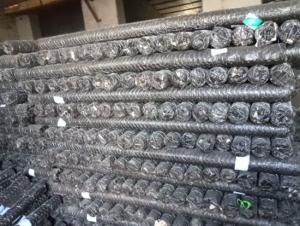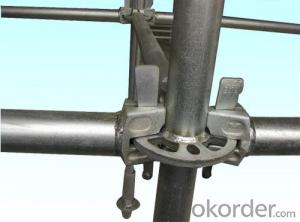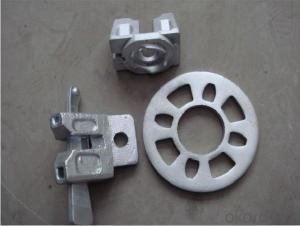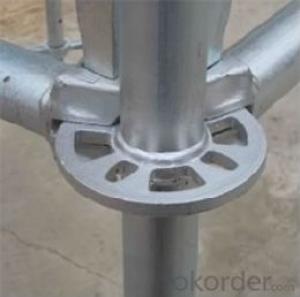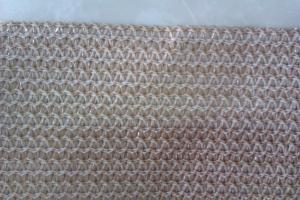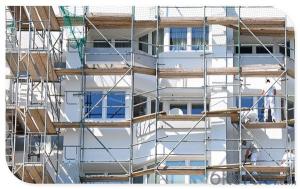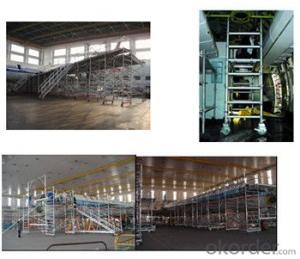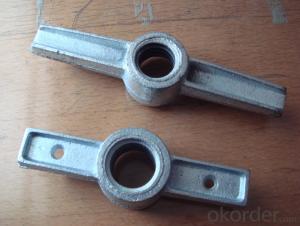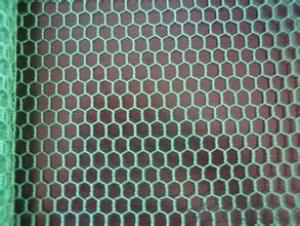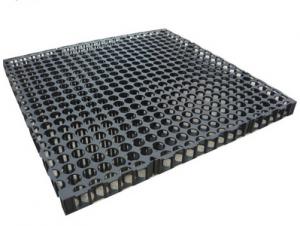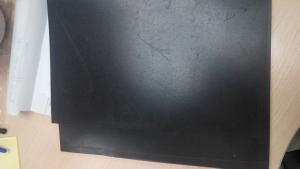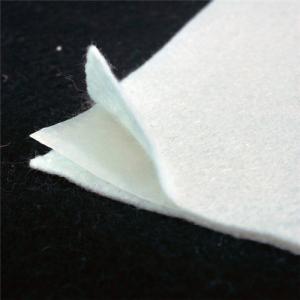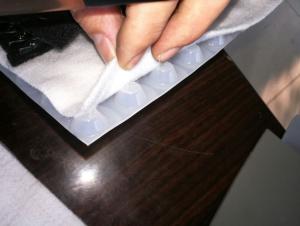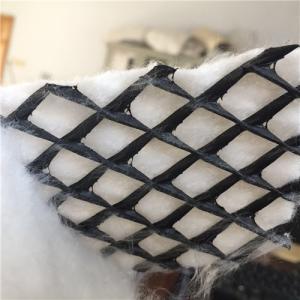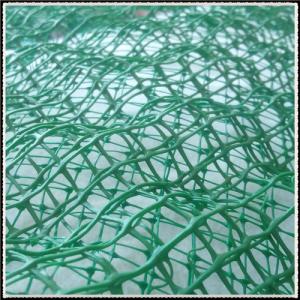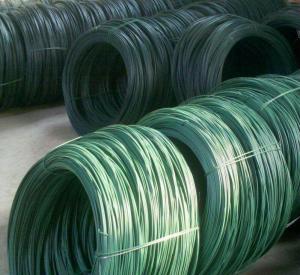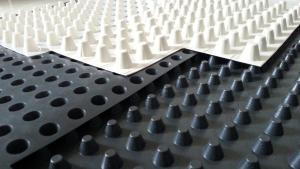Scaffold Netting
Scaffold Netting Related Searches
Chicken Wire Stainless Steel Aluminium Modelling Mesh Plastic Garden Netting Uk Plastic Safety Netting Rigid Plastic Netting Plastic Deer Netting Raschel Mesh Poly Tube Netting Barrier Fence Netting Protective NettingHot Searches
Sun Chairs For Sale Garden Slabs Sale Garden Bench Sale Wire Netting Prices Garden Supply Company Catalog Local Garden Supply Stores Shade Netting Manufacturers South Africa Agricultural Netting Suppliers Used Electrical Wire For Sale Watch The Wire Online Season 4 Watch The Wire Free Online Watch The Wire Remastered Online Used Hotel Furniture Online Wire Netting Prices Wire App Store Shade Netting Manufacturers South Africa Agricultural Netting Suppliers Aluminium Wire Mesh Manufacturers India Wire Netting Prices Lighting Supplier SingaporeScaffold Netting Supplier & Manufacturer from China
Okorder.com is a professional Scaffold Netting supplier & manufacturer, offers integrated one-stop services including real-time quoting and online cargo tracking. We are funded by CNBM Group, a Fortune 500 enterprise and the largest Scaffold Netting firm in China.Hot Products
FAQ
- What is the actual state of the bar in civil engineering?
- (2) to understand and master the elastic force and deformation characteristics; (3) to understand the rod of the force and deformation of several (1) to understand and master the deformation of the body, isotropic and anisotropic elastomer and other concepts; The main form. 2. Axial tensile and compressive internal force, cross-section method, axial force and axial force diagram; stress, pull (pressure) rod stress; pull (pressure) rod deformation, Hooke's law; safety factor, (1) In-depth understanding of the cross-section method, grasp the internal force of the axial tension and compression bar, the axial force diagram, the cross section and the tensile strength of the material. (3) to understand and master the calculation of the strength of axial tension and compression; (4) to understand the mechanical properties of the material when the axial tension and compression; (5) to understand the axial tension and compression of the stress; ) To understand and master the pull (pressure) within the strain energy calculation. 3. Torsion of thin-walled cylinder torsion; transmission shaft external force moment, torque and torque diagram; such as straight rods when the stress, strength conditions; Rod deformation when the deformation, stiffness conditions; such as straight rod when the strain energy.
- Geotextile tubes offer several benefits, including effective erosion control, dewatering of sediments, and the ability to create stable and durable structures. They are cost-effective, environmentally friendly, and provide a flexible and adaptable solution for various engineering projects. Additionally, geotextile tubes can be easily installed and removed, making them a convenient option for temporary or long-term applications.
- The benefits of using earthwork products in roadways include cost-effectiveness, improved stability and durability, enhanced drainage, reduced soil erosion, and environmental sustainability. These products, such as geomembranes, geotextiles, and geogrids, help to reinforce the soil, distribute loads more evenly, and prevent the mixing of different soil layers. This significantly reduces the need for expensive excavation, transportation, and disposal of excess soil. Additionally, earthwork products improve the road's resistance to settlement, frost heave, and cracking, resulting in a longer lifespan and reduced maintenance costs. They also aid in proper water drainage, preventing waterlogging and prolonging the road's integrity. By reducing soil erosion and providing effective erosion control, earthwork products help mitigate environmental impacts and maintain the surrounding ecosystem.
- Yes, earthwork products can be used in flood control systems. Earthworks involve the manipulation of soil and other materials to create structures like berms, levees, and floodplains, which are essential components of flood control systems. These structures help to redirect, contain, or absorb excess water during periods of heavy rainfall or flooding, thereby reducing the risk of damage to surrounding areas.
- Yes, geosynthetics can be used for lining hydraulic fracking ponds. Geosynthetics, such as geomembranes, are often used to provide a barrier between the pond and the surrounding environment. They can effectively prevent the seepage of fluids, contaminants, and chemicals, ensuring the protection of groundwater and soil. Geosynthetics also offer durability, flexibility, and resistance to punctures, making them suitable for the demanding conditions of hydraulic fracking operations.
- Yes, earthwork products are suitable for use in airport construction. Earthwork products, such as soil, gravel, and sand, are commonly used in various aspects of airport construction, including runway construction, taxiway construction, and the building of airport infrastructure. These materials provide stability, support, and drainage capabilities necessary for the construction and maintenance of airport facilities. Additionally, earthwork products can be sourced locally, reducing transportation costs and environmental impact.
- Yes, earthwork products are suitable for bridge abutments and piers. Earthwork materials such as compacted soil, gravel, and rock fill are commonly used to construct stable foundations for bridge structures. These materials provide the necessary support and stability required for bridge abutments and piers to withstand the loads imposed by the bridge and traffic. Additionally, earthwork products can be engineered and reinforced to meet specific design requirements, ensuring the durability and strength of the bridge components.
- Civil Engineering and Materials Science and Engineering Which professional work later? The The Is there a working environment? The
- Civil engineering employment is wide. I am a graduate of civil engineering, in the design institute to do structural design.
